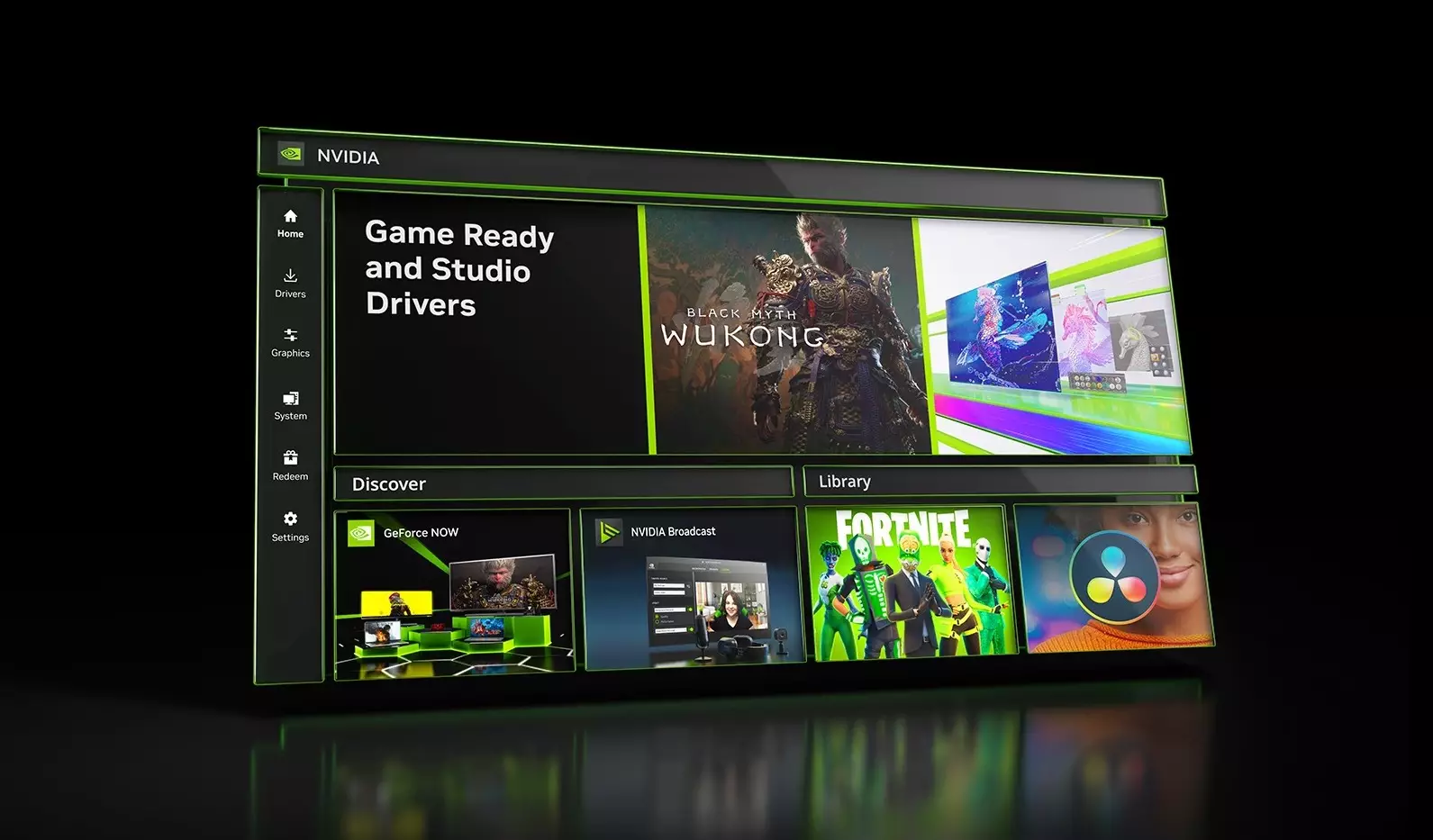In the fast-paced world of gaming and graphics, Nvidia’s recent release of hotfix driver 576.26 is indicative of the challenges faced by both the company and its user base. The timing of the update, coming just after the 576.15 release, suggests an urgent response to persistent issues, particularly for users of the RTX 50-series graphics cards. It raises the question: why does it seem that problems multiply rather than diminish with each new driver release? As the saying goes, “it never rains but it pours,” signaling a tumultuous relationship between developers striving for perfection and users who expect flawless performance.
The laundry list of fixes for the latest driver, including critical performance improvements for popular games like *Black Myth: Wukong* and *Horizon Forbidden West*, signifies Nvidia’s commitment to enhancing user experience. However, ongoing reports of unresolved issues even after these updates underline an inherent instability that some users face. It prompts one to ponder whether these hotfixes are merely band-aid solutions rather than comprehensive fixes, leading to frustration among users who anticipate smoother gaming experiences.
The Challenges of Hotfixes
Hotfix drivers are generally expected to roll out swiftly in response to emerging issues, yet they carry their own set of caveats. Nvidia’s clear warning that these versions are beta and offered “as-is” starkly highlights the risks associated with adopting them. It might seem that rush-to-release hotfixes undermine the carefully curated image of Nvidia as a leader in the gaming graphics sector. The inconvenience that comes with users needing to manually download these hotfixes, instead of finding them readily available in the Nvidia App, can be an unnecessary hindrance, especially for less tech-savvy individuals.
User feedback is a rich repository of insights for the tech giant, but it is also a reflection of their shortcomings. Complaints about persistent display connectivity issues with LG monitors and GPU temperature tracking problems are just a glimpse into the myriad of complications users are grappling with. The reality that some users find hotfixes successful—like improved DisplayPort connections—contrasts sharply with those who experience unaddressed issues. This variation in user experience raises substantial concerns about the testing processes Nvidia employs before rolling out their hotfixes.
The Implications for Gamers
For gamers, the stakes are high. An unstable driver can mean the difference between immersive gameplay and maddening glitches. The interplay of user feedback and developer response is crucial, particularly in a landscape highly influenced by community opinion. The hesitation expressed by some users regarding the effectiveness of fixes for popular titles only amplifies the anxiety inherent in trusting Nvidia’s hotfixes. Will the next official release provide genuine resolution, or will it lead to more frustration?
Moreover, relying on unofficial hotfixes creates a dichotomy between those willing to take the risk for immediate solutions and those who prefer to wait for perhaps more reliable, fully tested official drivers. It is this balancing act that Nvidia needs to navigate effectively. Their long-established reputation—though formidable—hangs in the balance as they seek to mend user trust and confidence through these interim solutions.
Moving Forward
As Nvidia plows ahead, the anticipation for a stable, fully-tested driver release remains palpable. As secure as hotfixes may be for urgent fixes, users are likely to seek out assurance in upcoming official updates that are WHQL-certified. Gamers deserve robust solutions, not quick fixes, as they spend their hard-earned money on high-end graphics cards expecting to wield their power flawlessly in gaming worlds. While it’s clear that Nvidia is listening, there’s still significant work to be done to ensure that their commitment translates into a consistently reliable user experience.
In this critical juncture, Nvidia must reevaluate its strategy with driver releases. The hotfix dilemma—brought to the forefront by user pressure—is a chance for innovation and improvement. Accepting feedback, embracing a more rigorous testing approach, and ultimately delivering rock-solid driver updates could not only mitigate user frustrations but also solidify Nvidia’s position as an unequivocal leader in the graphics technology industry.

